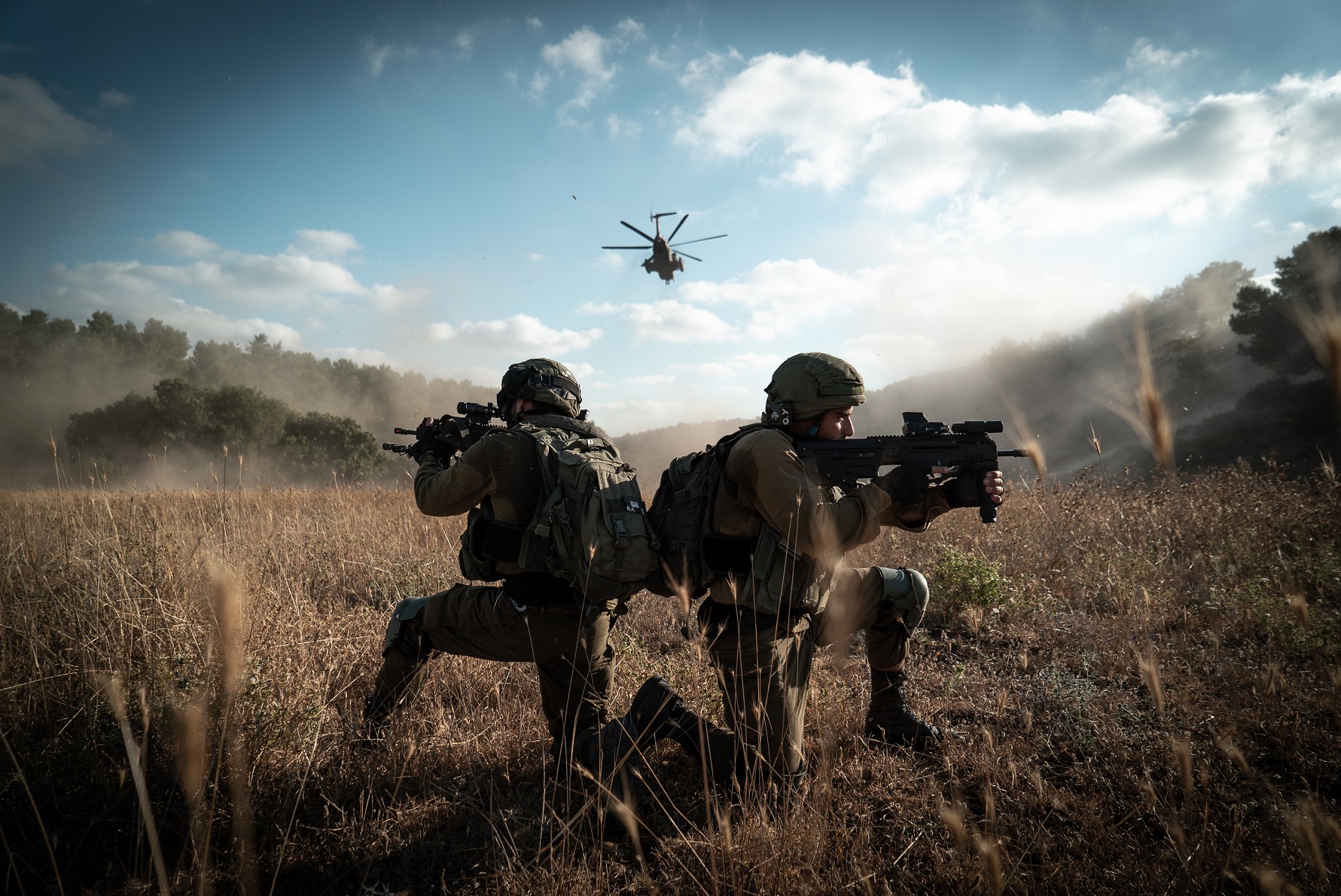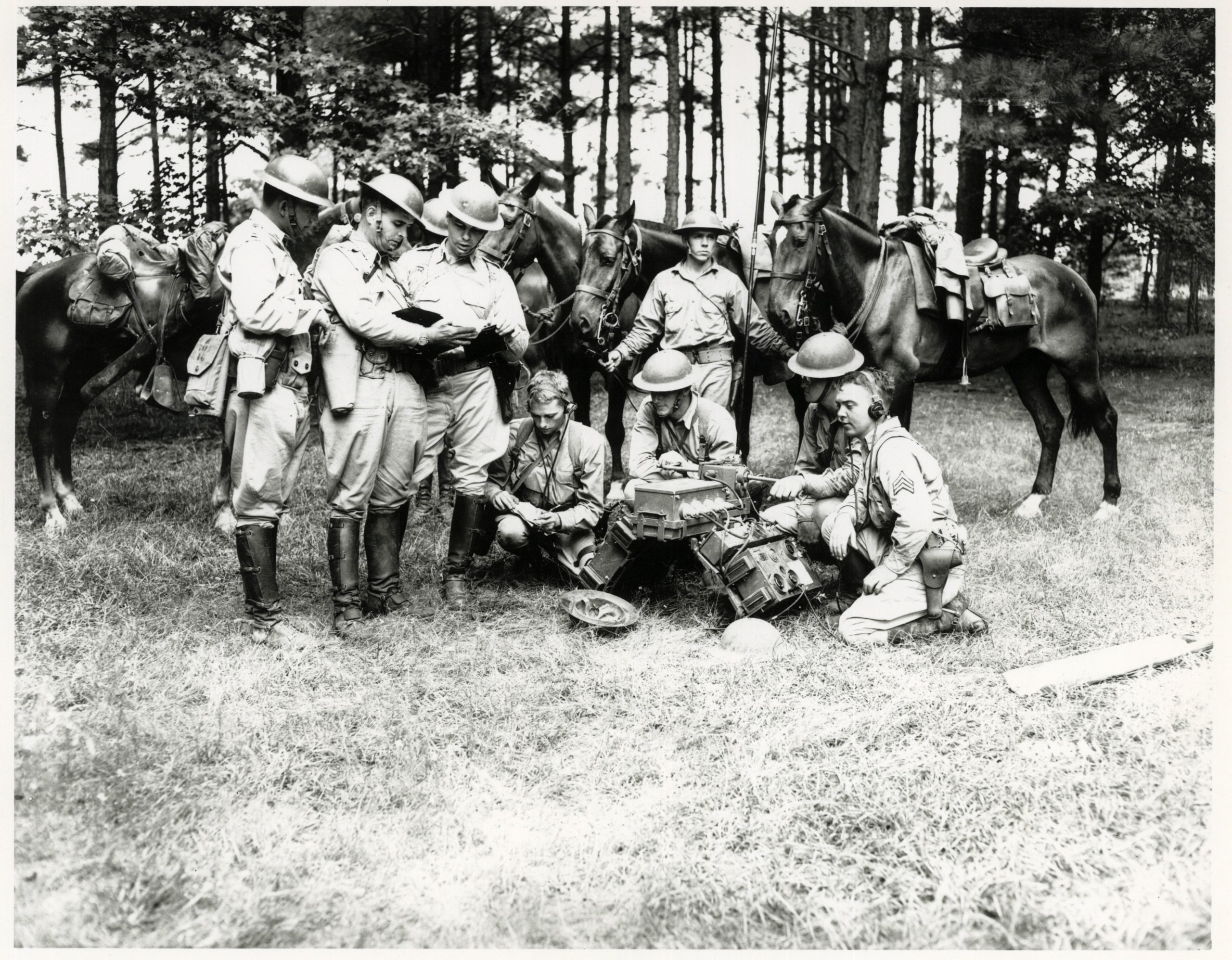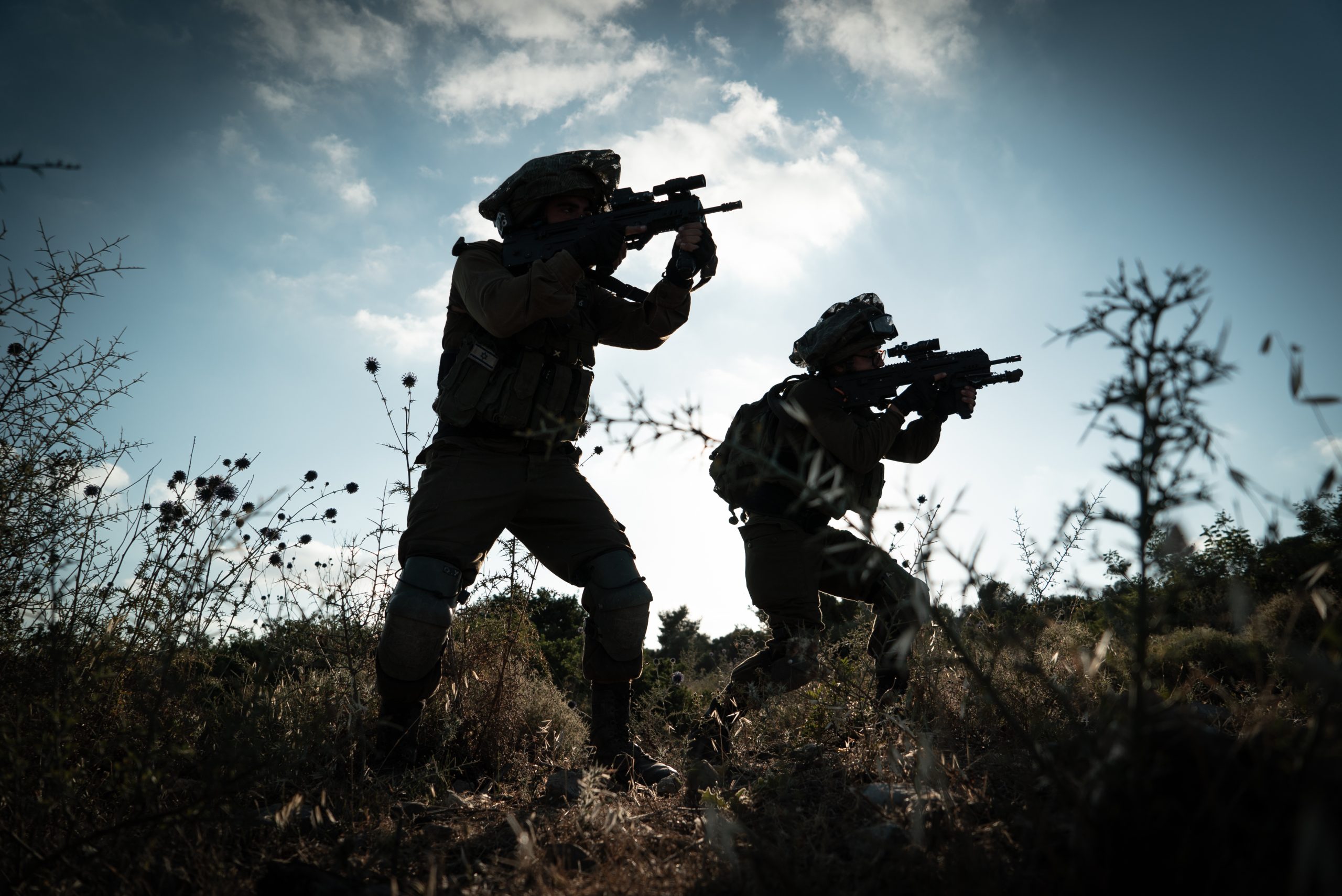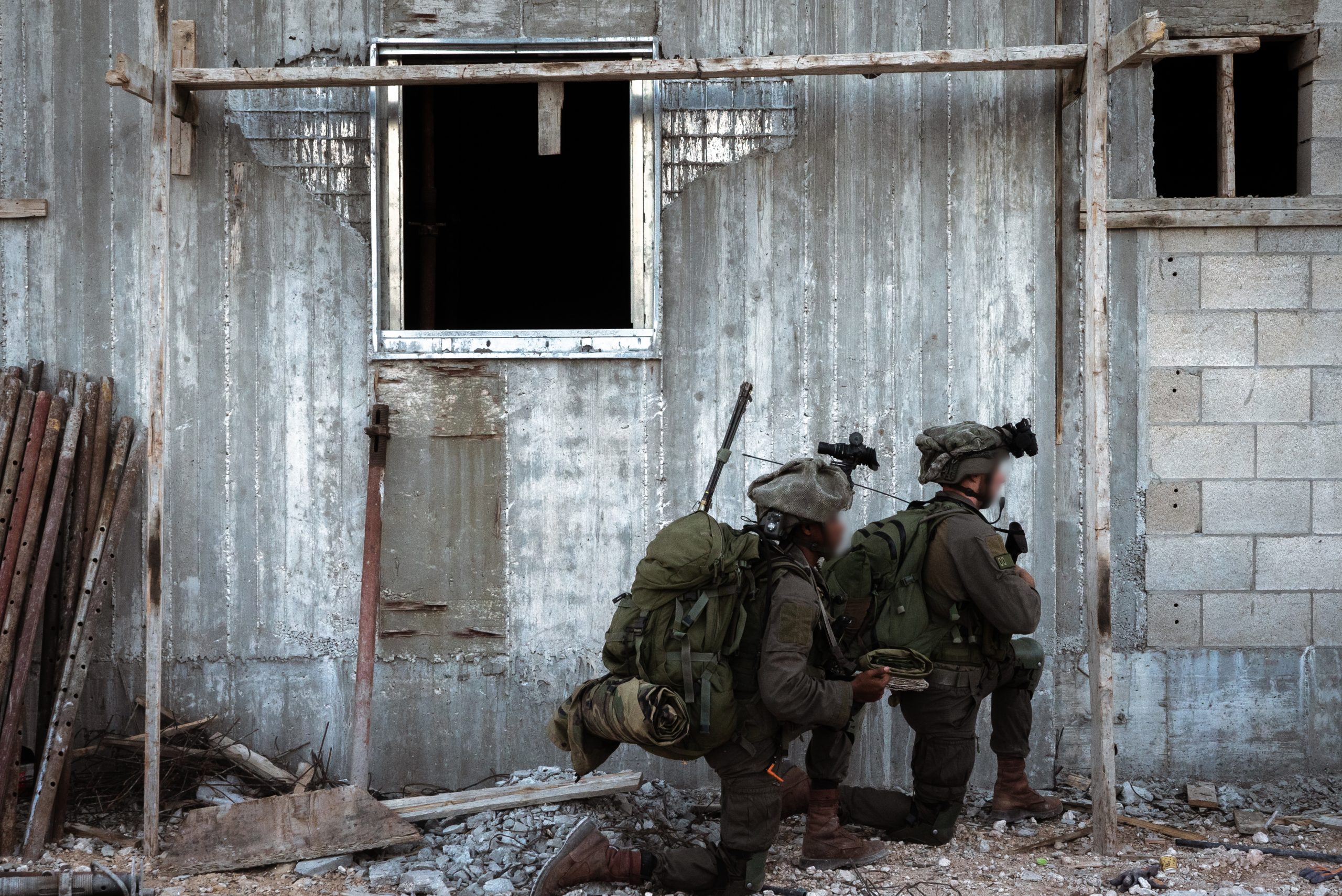
The IDF plans to conduct a month-long exercise, the first of its kind in Israel, which will simulate war in multiple arenas and multiple levels, and include elements of powerful offense and strong defense. The exercise will test, for the first time, Chief of Staff Kochavi’s ambitious operational concept for victory. What are the criteria for the exercise’s success?
The IDF announced recently that it would hold a "war month" in the first half of 2022 lasting four weeks – the first General Staff exercise of its kind. The exercise, which will include regular army and reserve forces on an especially large scale, is designed to evaluate the army's forces during the course of a long, consecutive, challenging, and life-like exercise in order to enhance readiness and fitness for war. The "war month" name is taken from the concluding stage in training IDF infantry troops. This phase includes a "war week" in which the training companies simulate a combat operation in order to test their fitness in an array of missions for which they were trained. In addition to a difficult and demanding drill involving many forces, the exercise will facilitate a thorough assessment of the operational concept for victory formulated by IDF Chief of Staff Aviv Kochavi.
Between August and September 1941, the US Army carried out a number of exercises in Louisiana over an area of 8,800 square kilometers. The exercises, in which the army wanted to test new concepts and weapons, such as the quality of commanders, was initiated by then-Chief of Staff of the United States Army, General George Marshall, in order to strengthen and improve the army's readiness for taking part in the world war that began in 1939. It appeared then that at some point the United States would have to intervene in the war. The forces were divided into two armies (red and blue) of 200,000 soldiers each. During the exercise, these armies conducted maneuvers in which weapon systems such as tanks and new fighting frameworks were tested, among them the armored division commanded by General George Patton. The army had to develop a combat doctrine that would enable it to halt the German blitzkrieg, or alternatively, to move forces forward rapidly in order to exploit opportunities on the flanks and conduct attacks in a large area. In a briefing to his men before the maneuvers, Patton said, “Find the enemy, hold him, and get around him, always moving, do not sit down, do not say ‘I have done enough, ‘keep on, see what else you can do to raise the devil with the enemy...You must be desperate determination to go forward." The division under his command indeed demonstrated great mobility, and highlighted to the army commanders the advantage of large frameworks and mobility in armored forces.
The exercises also examined new ideas about integrated multi-corps and multi-branch battle management. Many of the lessons from these maneuvers became operational concepts of the US armed forces after the United States entered the war in December 1941. Furthermore, many of the commanders in those maneuvers, among them Omar Bradley, Mark Clark, Dwight Eisenhower, and of course George Patton, played prominent roles in the war and were appointed to key positions in the army in the campaign against Germany. The exercises, which were referred to as the Louisiana Maneuvers, became famous in the American ground forces, and are still regarded as a model for how innovative concepts and new weapons should be tested and evaluated.

It appears that like Marshall, IDF Chief of Staff Aviv Kochavi seeks to conduct an up-to-date version of the Louisiana Maneuvers. The IDF recently announced that in the first half of 2022, it would hold a "war month" lasting four weeks – the first General Staff exercise of its type. The exercise, which will include regular army and reserve forces on an especially large scale, is designed to evaluate the army's forces during the course of a long, consecutive, challenging, and life-like exercise in order to enhance its readiness and fitness for war.
"War month" is taken from the concluding phase of training IDF infantry troops, which includes a "war week," in which the training companies simulate a combat operation in order to test their fitness in an array of missions for which they were trained. It appears that the reason for the exercise is due primarily to the realization, as expressed by German General Erwin Rommel following his experiences as a company commander (and as an acting battalion commander) in an elite infantry battalion in WWI, "War makes extremely heavy demands on the soldier's strength and nerves. For this reason, make heavy demands on your men in peacetime exercises." In addition to a difficult and demanding drill involving many forces, the exercise will facilitate a thorough assessment of the operational concept for victory formulated by IDF Chief of Staff Aviv Kochavi, aimed at "undermining the enemy’s approach and building military power that will prove to the enemy that its approach is no longer effective."
Kochavi's concept include three main efforts in the use of force, all of which are to be practiced during the "war month": a multi-dimensional maneuver for enemy territory, powerful attacks with firepower and cyberattacks, and a strong multidimensional defense, designed, as stated in an article by Maj. Gen. Herzi Halevi, "so that the offensive achievements are not offset by the enemy's achievements in our territory." All of these efforts will be made simultaneously in order to expose the enemy and destroy it quickly.
Implementing the approach requires essential operational conditions, including intelligence superiority, air superiority, digital superiority, naval superiority, a policy that permits the effective use of firepower in the populated areas where the enemy hides and defends itself in the midst of the civilian population, the resilience of the home front during weeks of warfare, and operational continuity.

Key ideas in the approach are multi-branch efforts and multi-dimensionality, and according to the concept, all of the IDF's capabilities in all of the dimensions will be utilized in order to execute a more effective and deadlier maneuver and defense. For example, as US military theoretician and retired armored corps officer Douglas Macgregor said, sensors mounted on fighter jets and remote unmanned aerial vehicles (UAVs) flying above the battlefield are likely to gather intelligence about the enemy in a specific location, which will be transmitted to the land or naval force, and actually to anyone can do the best job of destroying it. At the same time, the force utilizing electronic warfare can disrupt the enemy's drone operation designed to attack the maneuvering land force, and can provide that force with protection.
Furthermore, the goal of the maneuvering force is to influence the dimension in which it operates, and to influence that and other dimensions. For example, an armored force that destroys the enemy's rocket launchers or artillery will perform a land mission that affects the home front's ability to maintain operational continuity, while alternatively, an elite infantry force flown into enemy territory that gains control over areas where it can prevent land-based fire against the navy's ships will ensure naval freedom of action.
The new elements shaping the modern battlefield, including advanced technology and the ability to integrate and connect branches and forces more effectively, do not eliminate the need for maneuvering forces to conduct land-based warfare in enemy territory, sometimes at short range. The enemy is able to adjust to the firepower directed against it; prepare in advance, both above and below the surface; and continue fighting. As Patton said, flexible and fast maneuvering forces are therefore needed that will be able to find the enemy, expose it to firepower, and strike it directly in order to reduce the barrages fired at the Israel home front.

The planned IDF exercise will therefore include a scenario of an integrated multi-front campaign in the north and south, according to the up-to-date and gravest reference scenarios, as well as testing all of the necessary capabilities: the transition from peacetime to emergency, inter-organizational coordination, management of the home front and civilian assistance, use of firepower, maneuver in a built-up area, and approach to a civilian population in enemy territory. One key challenge for the IDF is conducting a large-scale maneuver at the front and deep in enemy territory, based on general staff capabilities and activity of special forces.
Like the Louisiana Maneuvers, "war month" delivers a warning message about enhancing readiness for an upcoming war. A divisional exercise is accordingly being added for the first time, in which the IDF Fire Formation (98th Paratroopers Division) and Depth Corps, commanded by ex-paratrooper Maj. Gen. Itai Veruv, will conduct maneuvers in Cyprus. The exercise also has a deterrent element – displaying the ability to transport a combat division quickly behind enemy lines in an air assault. Cyprus is topographically similar to the Lebanese mountains, and training in foreign territory with features similar to those of areas beyond Israel's borders in which Israel's forces are likely to fight is of great value. The airborne mission; movement and navigation in unfamiliar territory; handling pressure, fatigue, and forces simulating the enemy, all far from home, pose a real challenge to the commanders and forces. The exercise as a whole is designed to bolster a sense of capability and self-confidence, and to facilitate the advance and development of operational know-how and combat doctrine.
Large exercises that comprehensively assess the systematic fitness of the IDF and validate innovative concepts of warfare, while testing the fitness of the forces and the ability of the commanders to function under a heavy load for an extended period, have considerable advantages. At the same time, given the current uncertain state of the IDF's resources resulting from the political crisis, the absence of an up-to-date state budget, and the economic consequences of the COVID-19 pandemic, budgetary issues arise. The alternative cost of the exercise and the constraints imposed by an exercise lasting an entire month on the IDF's operational continuity in a range of areas, from counter-terrorism and regular security in the Palestinian theater to the war between wars in the north, must be taken into consideration.
Another question is the degree to which the new operational concept is assimilated. One of the causes of the failures in the war between the IDF and Hezbollah in the summer of 2006 was that the operational concept formulated before the war was not properly assimilated by the IDF forces. Nevertheless, the "war month" will provide the IDF with a period long enough to assimilate the current concept and its derivatives, and improve the expertise of forces and their commanders. A thorough assessment will make it possible to draw conclusions and update the concept in time for the next campaign.
The challenge facing the IDF is to learn lessons from the “war month” and the campaigns in which it fought against hybrid semi-military organizations, from the Second Lebanon War and Operation Protective Edge until the current time, so that victory is achieved in the next campaign in a shorter period. This will be an expression of the profound change that has occurred in the IDF.
No comments:
Post a Comment